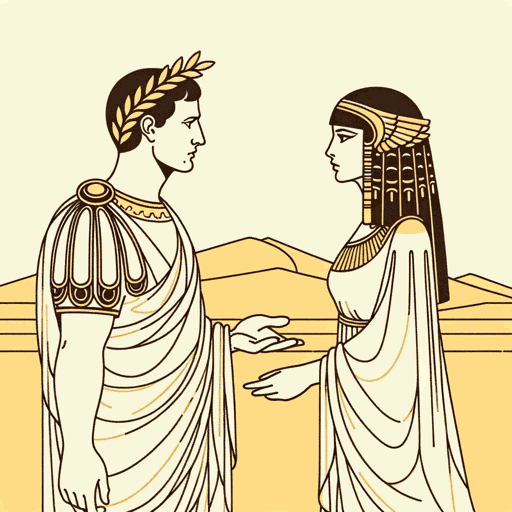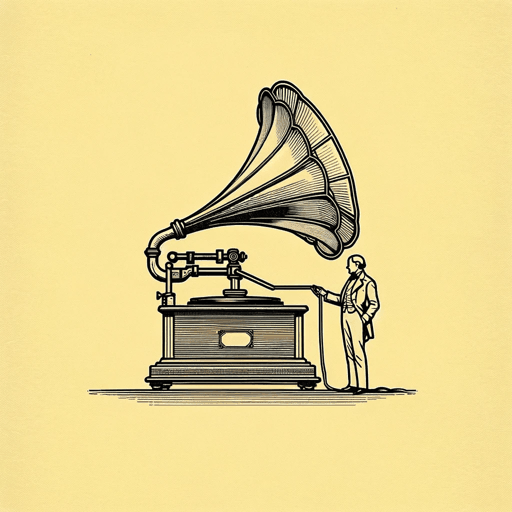64 pages • 2 hours read
George Bernard ShawPygmalion
Fiction | Play | Adult | Published in 1913A modern alternative to SparkNotes and CliffsNotes, SuperSummary offers high-quality Study Guides with detailed chapter summaries and analysis of major themes, characters, and more. For select classroom titles, we also provide Teaching Guides with discussion and quiz questions to prompt student engagement.
Introduction
Teacher Introduction
Pygmalion
- Genre: Fiction; social commentary; romantic comedy
- Originally Published: 1913
- Reading Level/Interest: Grades 10-12; college/adult
- Structure/Length: Five acts; approximately 82 pages; approximately 1 hour 37 minutes on audiobook
- Protagonist/Central Conflict: The story centers around Professor Henry Higgins, a phonetics expert, and Eliza Doolittle, a Cockney flower girl. Higgins makes a bet that he can transform Eliza’s speech and manners to pass her off as a duchess at an ambassador’s garden party. The play explores themes of social class, transformation, and the complexities of human nature.
- Potential Sensitivity Issues: Contains classist remarks; gender dynamics reflective of its time; some language and themes may seem dated or controversial in a modern context
George Bernard Shaw, Author
- Bio: Born 1856; died 1950; Irish playwright, critic, and polemicist; primarily self-educated after age 15; co-founder of the London School of Economics; a leading figure in 20th-century theatre; won the Nobel Prize in Literature in 1925; known for his biting wit, satire, and social commentaries
- Other Works: Man and Superman (1903); Major Barbara (1905); The Doctor’s Dilemma (1906); Androcles and the Lion (1912); Saint Joan (1923); Back to Methuselah (1921); The Apple Cart (1929)
CENTRAL THEMES connected and noted throughout this Teaching Guide:
- Formal Education and Multiple Intelligences
- The Role of Language and Phonetics in Characterization
- Women’s Identity, Gender Roles, and Marriage
Related Titles
By George Bernard Shaw

Arms and the Man
George Bernard Shaw

Caesar and Cleopatra
George Bernard Shaw

Heartbreak House
George Bernard Shaw

John Bull's Other Island
George Bernard Shaw

Major Barbara
George Bernard Shaw

Man And Superman
George Bernard Shaw

Mrs. Warren's Profession
George Bernard Shaw

Saint Joan
George Bernard Shaw

The Doctor's Dilemma
George Bernard Shaw
Featured Collections
Books that Feature the Theme of...
View Collection
British Literature
View Collection
Class
View Collection
Class
View Collection
Comedies & Satirical Plays
View Collection
Dramatic Plays
View Collection
Nobel Laureates in Literature
View Collection
School Book List Titles
View Collection

